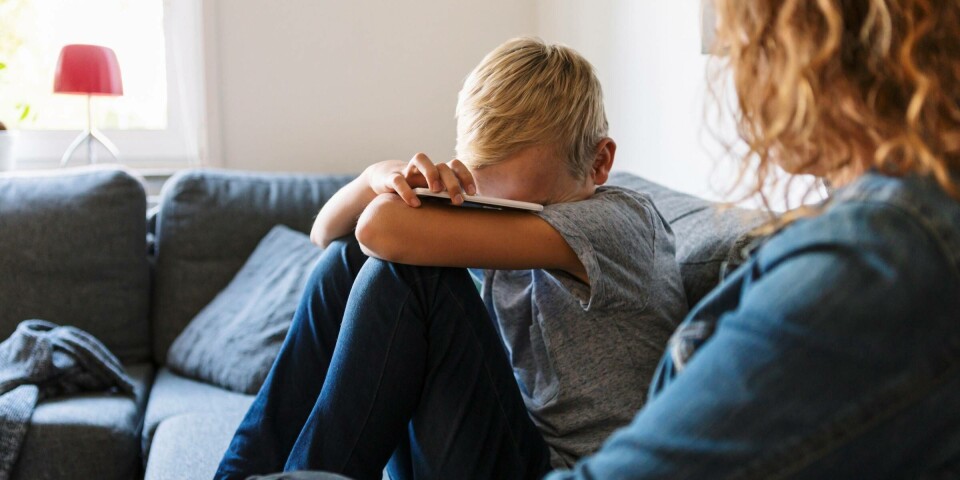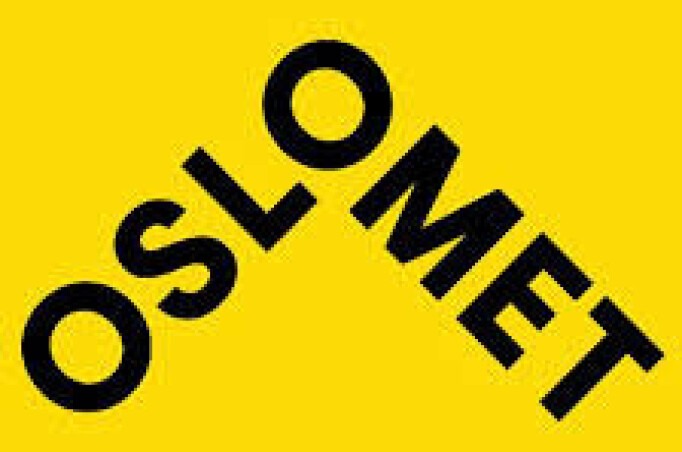THIS CONTENT IS BROUGHT TO YOU BY Oslo Metropolitan University - read more

A holistic approach to supporting victimised children
Barnahus is an innovative model of caring for and supporting children who have been the victim of violence and sexual abuse.
Barnahus (Children’s house) began as 'a rather radical idea about how to bring together services to help victimised children.’
That’s according to OsloMet professor Kari Stefansen, a sociologist with a focus on violence and abuse against children and young people.
Together with professor Elisiv Bakketeig, who has a background in law and criminology, the two were the lead researchers responsible for the first national evaluation of the model in 2012.
They recently released a book describing their research on the Norwegian model over the past decade.
“Before Barnahus, the landscape of services was fragmented. The child and family would have to go from agency to agency and repeat their story of abuse. That was a very difficult situation for the child,” says Bakketeig.
This indifference to the well-being of victims caused a lot of frustration among healthcare and legal professionals alike.
To address this problem, Norway created a system where the child could come to one place and get multiple services.
As a result, Barnahus was introduced to Norway in 2007. It drew inspiration from the Barnahus model in Iceland and similar initiatives like the Children's Advocacy Centers in the United States. The model was quickly adopted and expanded rapidly.
Today, Barnahus has 12 locations throughout Norway, including a specialised centre for the Sámi population that opened in 2024.
This rapid expansion was largely state-driven, with the Ministry of Justice and Public Affairs leading a pilot programme that offered Barnahus centres substantial autonomy.
“There were no formal guidelines at first, just some direction, so it was very much up to the Barnahus to develop the model,” says Bakketeig.
This autonomy gave Barnahus the ability to develop effective context-sensitive methods for social work.
The Barnahus approach
The professors say that the introduction of Barnahus in 2012 was a significant social innovation.
It is no longer a frustratingly fragmented system. Instead, now, when there is an accusation of abuse, a child can come directly to a Barnahus facility to get the legal and medical care they need. It is a supportive environment, with kid-friendly waiting areas, assessors trained in forensic interviews, and senior staff there to explain what is happening.

“The result is a model that provides better support to victimised children and that has led to new collaborative ways of working,” says Stefansen.
She came to this conclusion after years of conducting interviews and surveys with everyone involved in Barnahus – from the children, to the police, to the medical staff.
According to her and Bakketeig’s evaluation, under the Barnahus model, children are better supported throughout the penal process and receive more recovery services. Their psycho-social needs are assessed and many of them receive psychological treatment.
However, the researchers also note challenges.
Not without imperfections
The Barnahus model is promising, but it can struggle to balance the needs of the penal system with the health needs of the child.
“The idea is that the model is to be holistic or balanced, but the balance can be shifted,” says Stefansen.
In their evaluation, they found that when resources are scarce, the penal case gets prioritised and recovery services suffer.
This can result in insufficient focus on the children's medical and psychological needs. Bakketeig and Stefansen stress the importance of ongoing national evaluations to address these challenges and ensure that Barnahus continues to provide comprehensive support.
They recommend strengthening the inter-ministerial collaboration between the departments that oversee Barnahus: the Ministry of Justice, the Ministry of Health, and the Ministry of Children and Family Affairs. They argue that consistent regulation and better resource allocation are crucial to maintaining the balance between justice and recovery in the Barnahus model.
The future of Barnahus
Looking ahead, Bakketeig and Stefansen are exploring the spread of the Barnahus model across Europe. They say there are ongoing efforts to standardise the model, but caution that this must be done thoughtfully to preserve the flexibility and context-sensitive approaches that have been key to its success in Norway.
Additionally, they emphasise the need for more research, particularly studies that capture the experiences of children within the Barnahus system. These will inform future developments and ensure that the model continues to improve.
The Barnahus model in Norway represents a promising approach to supporting children exposed to violence and sexual abuse. The lessons Bakketeig and Stefansen learn from continuing to evaluate and research the model could inform similar initiatives across Europe, helping to ensure that all children receive the care and support they need to heal from their experiences of violence and abuse.
References:
Andersen, L.C. Enabling and Preserving Situational Social Work in Barnahus: A Vulnerable Jurisdiction Caught in the Crossfire Between Juridification and Psychologisation. In: Johansson et al. (eds) Justice and Recovery for Victimised Children. Palgrave Studies in Victims and Victimology, 2024.
Johansson, S. & Stefansen, K. Policy-making for the diffusion of social innovations: the case of the Barnahus model in the Nordic region and the broader European context, Innovation: The European Journal of Social Sciences, vol. 33, 2019. DOI: 10.1080/13511610.2019.1598255
Stefansen, K. Staging a Caring Atmosphere: Child-Friendliness in Barnahus as a Multidimensional Phenomenon. In: Johansson et al. (eds) Collaborating Against Child Abuse, Palgrave Macmillan, 2017.

This content is paid for and presented by OsloMet
This content is created by Oslo Metropolitan University's communication staff, who use this platform to communicate science and share results from research with the public. Oslo Metropolitan University is one of more than 80 owners of ScienceNorway.no. Read more here.
More content from OsloMet:
-
Researcher: Local government was key to managing the pandemic
-
"Norwegians practice a friendship version of a ‘one-night stand'"
-
"We need to talk about how we assess teacher students"
-
Cannabis use in Norway has increased: “Not everyone needs moral lectures or worried looks"
-
Many children with ADHD do not thrive at school
-
An out-of-control race: Why we fear artificial intelligence




































